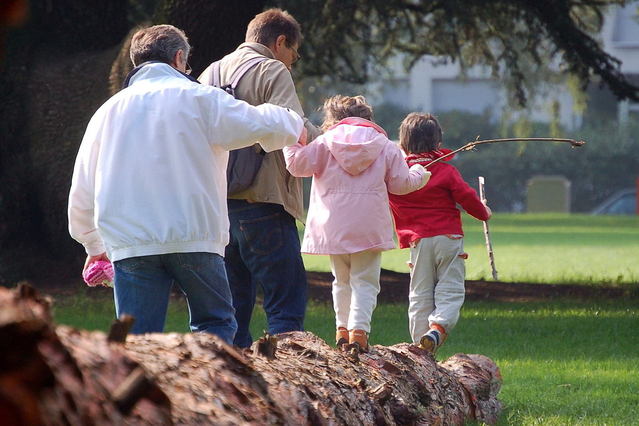
Credit: Janet Burgess
For both private and public locations, it is critical to find out the relevant zoning ordinances and other laws and policies that apply to each site. Some local tree ordinances may prohibit planting certain species of trees because they encourage exotic pests or are a nuisance to the people around them.
People’s perceptions and feelings about trees must be taken into account when selecting a site and species. In some cases, factors that influence public opinion have a historical basis; in other cases, they may develop through an effort to promote civic pride or economic development. Communities may prefer a particular tree or be averse to another one because of the color of the flower or local tradition. Social influences to consider include culture, history, local identity, and safety issues. Local tree boards, garden clubs, civic clubs, and other organizations are good resources for finding out about social influences in the community.
Finally, the landscape in urban settings changes periodically based on societal needs and the need for development. A good example is the need to increase road width to accommodate increased vehicular traffic due to population increases. Another is the need for more pedestrian walkways. Before planting a tree, contact the local planning or tree board or other municipal agencies (i.e., public works). These groups will likely be able to tell you if changes are planned or merely anticipated for a specific potential planting site.
To learn this content and more for volunteer hours and a certificate of completion, enroll in eLearn Urban Forestry at campus.extension.org!
By: Ed Macie, Regional Urban Forester, USFS Southern Region
